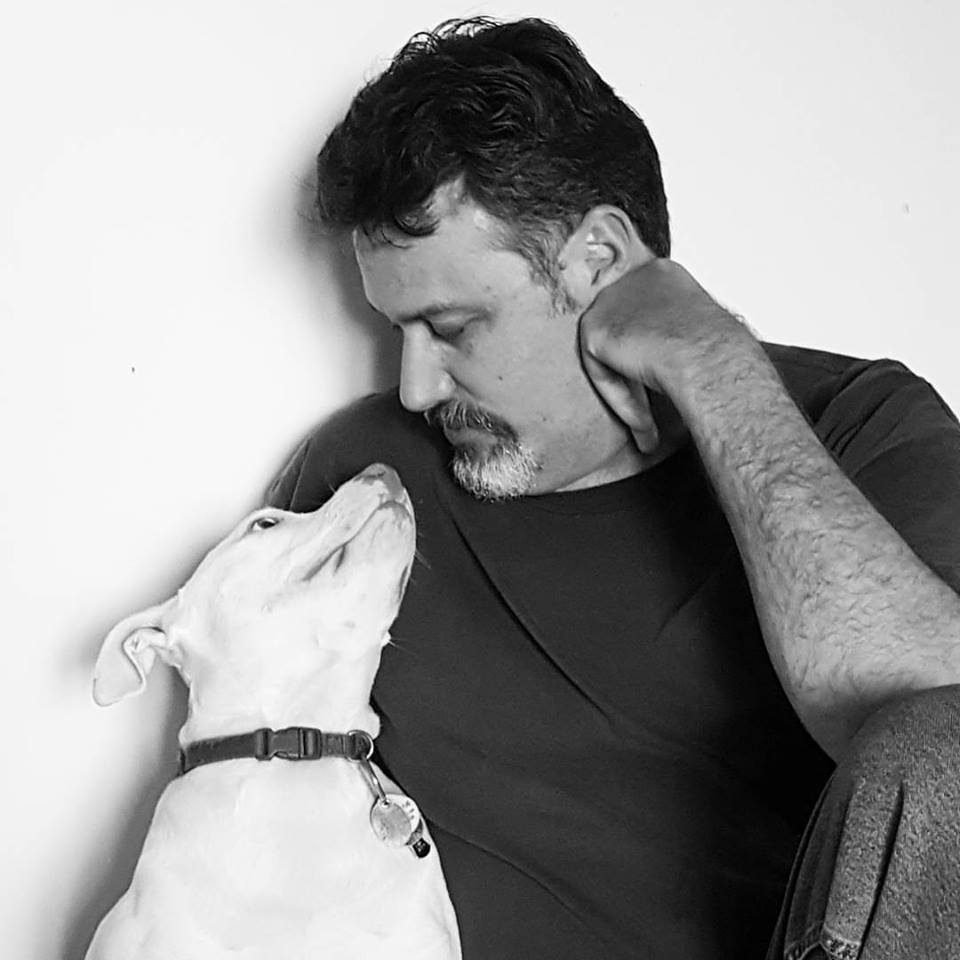
"Story is King" I once told a mentee. He smiled and shook his head, saying, "Data is King."
"If you don't use data to tell a story, what do you use it for?"
Unconventional is a good word to describe my career path. Having witnesed many people struggle in leadsership roles, I set out to be an effective leader who also supports team development and began my journey with Agile methodologies. Now, some years later, I continue to refine and reflect upon progress made, commiting myself to continuous improvement as I coach my teams to do the same.
However, I am also a product of my past experience. My engineering-related work/studies exert a significant influence in my approach to challenges (often asking what data supports a specific point of view), but user-engagement and artistic form speaks to me as well causing me to also question how the end-user will experience the resultant action(s).
It’s worth noting that I have been in technically-related fields for much of my life including Systems Engineering, Quality, and Training roles, but have always maintained a strong interest/knowledge in helping people achieve their potential. This was fortuitous as I was given an opportunity to combine my passion for electricity with my art and presentation abilities, to create basic electricity and troubleshooting courses. The courses were a success, but it wasn’t enough for me. The original version was a huge presentation and people lost interest quickly. I knew I had to re-engage students and try to pull them into active learning so they might derive more meaning, so I began creating videos as snippets of knowledge they could easily access.
I made several videos and animations, the most popular being YouTube’s #1 video on the operation of a microswitch. This video gathered the attention of some people in the defense industry and led to several projects where I have been solidly employed ever since.
Currently, I spend my days as a Scrum Master and VR Designer (while also being an Adobe -Certified Video Editor) where I create various virtual and augmented reality experiences while also researching future technologies and their implementation to move the project and team forward. I am fortunate to work with an amazing team who deserve the very best I can offer, so I continously analyze existing processes and pipelines, looking for more effecient methods, and ultimately allow them to remain focused on delivering amazing content. Most of my efficiencies are done in Atlassian products, creating workflows, automating task creation, and implemening quality review cadence and standards. On occasion, the team allows me to contribute some artwork...
My academic record is as diverse as my experience, having an AS in Independent Studies with an emphasis in Communication, a BS in Industrial Technology, and post-graduate work (Masters) in Media Psychology. I also completed certificates in Computer Animation and VR Developement with emphasis in C# programming, and my certifications as a Scrum Master for Agile and SAFe. Along the way I earned recognition in Phi Theta Kappa, graduated with honors, became a member of the National Dean's List and MENSA. Currently, I continue my education through self-study and organized my own VR Development Studio, Chameleon Studios.
As Scrum Master, I use a variety of software for project tracking and collaboration, being most familiar with Confluence, BitBucket, Jira, and GitHub. Microsoft Office, Teams, and various video conferencing tools are involved as well. As an artist, I tend to use Blender, Substance Painter/Designer, Photoshop, Premiere Pro, After Effects, and Unity3D, while also applying learned skills from photography, lighting, and story-telling.
I hope this answers any questions about me and my background, but feel free to send a note if I missed anything.
Thanks for being here, and best of luck in all your endeavors,
Cecil
P.S. - Sometimes I'm asked about books I find useful, so here are some favorites on my bookshelf:
Farid, H. (2016). Photo forensics Cambridge, MA: MIT Press
Wright, A. (1995). A beginner’s guide to colour psychology. London, England: Kyle Cathie Limited.
Mark, M. & Pearson, C. (2001). The hero and the outlaw: Building extraordinary brands through the power of archetypes. United States: McGraw-Hill.
Butler, J., Holden, K., Lidwell, W. (2003). Universal principles of design: 125 ways to enhance usability, influence perception, increase appeal, make better design decisions, and teach through design. Beverly, MA: Rockport Publishers.
Birn, J. (2006). Digital lighting and rendering (2nd Ed.). Berkley, CA:
New Riders National Geographic Society (2006).The ultimate field guide to photography. Washington, D.C.: National Geographic Society.
Ascher, S. Pincus, E. (2007). The filmmaker’s handbook: A comprehensive guide for the digital age. New York, NY: Penguin Group.
Ghertner, E. (2010). Layout and composition for animation. Burlington, MA: Focal Press
3Dtotal (2011). Photoshop for 3D artists V1: Enhance your 3D renders! Previz, texturing, and post production. Worcester, United Kingdom: 3dtotal Publishing.
Thomas, F., Johnson, O. (1981). The illusion of life: Disney animation. New York, NY: Hyperion.